My Arts My Culture learning resource
In Australia, Harmony Week celebrates Australia’s diversity and highlights our shared values as a multi-cultural community.
In line with this year’s Harmony Week, we have launched the ‘My Arts My Culture’ program to raise awareness of cultural diversity in the context of artistic practice.
The program has invited seven artists connected to the City of Boroondara to share their experiences of how their culture has influenced their artistic practices.
Learn more about the program on our My Arts My Culture page.
Education resource
For children to engage with the ‘My Arts My Culture’ program, we have developed a resource to be used in a classroom setting to help students understand how different cultural backgrounds can influence people’s artistic practice and ventures.
The resources are aimed at Grade 3 to 4 and have a direct connection to the Victorian Curriculum F - 10: Level 3 and 4 / Cultural diversity (VCICCD008), and contains:
- seven beautiful illustrated and engaging stories profiling each artist
- a glossary of terminology
- two self-guided classroom activities.
Download the resource
Anna Gao, Pianist
Heritage: Chinese Australian
Anna grew up near the Sydney beaches and practiced the piano after school as well as doing her homework.
Anna loves simple home-made dishes such as spicy pickled vegetables and salted duck egg tofu salad.
Anna has a strong connection to her Chinese culture, even though she has lived in Australia her whole life. Through learning about her heritage from her family, Anna grew up loving the food and festivals which her culture offered and used to listened to Chinese Operas.
Anna has always been passionate about music as well as other art forms including dance, visual arts, and literature. Anna thinks they all influence each other and her music making.
As a pianist, Anna learns about other cultures and their distinct music taste and style. For example, when Anna plays music of famous Polish composer Chopin, Anna will research Chopin’s cultural influences including traditional mazurkas which were popular in Poland at the time when he composed music. This helps Anna create a better understanding of how to perform the music.
Anna thinks art and music are very inclusive and thinks it’s a language which all cultures can understand. This is because it evokes the same emotions for everyone - no matter if it’s Chinese opera or Chopin’s traditional music.
Anna studies at The Melbourne Conservatism of Music and recently won the 2021 Boroondara Eisteddfod’s Piano Concerto.
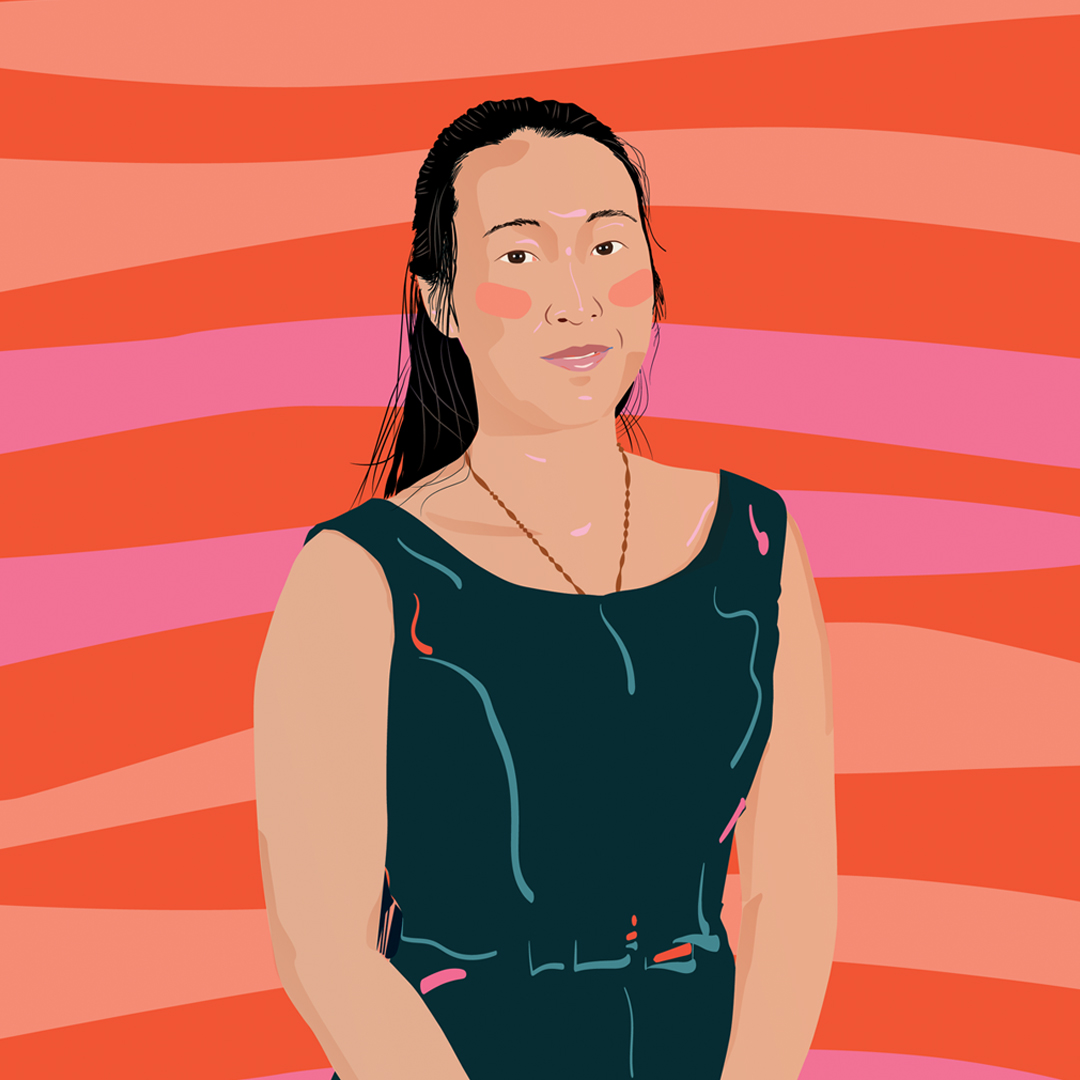
Diversity to me means understanding of each other, no matter what background, personalities or beliefs. Sharing different cultures with one another, through art, music and food.
Anna Caione, Visual Artist
Heritage: Italian Australian
Anna was born in Melbourne after her Italian parents migrated to Australia in the 1950s after World War Two.
When Anna was at school Anna’s parents worked full time, so after school she would help at home by doing the chores, including setting the table for dinner. Anna’s family always ate dinner together, even if it meant they had to wait for her dad to come home late in the evening. Anna loves her mum’s lasagne and gnocchi. Gnocchi was frequently made, but the lasagne was only for special occasions. It was all homemade, including the passata sauce!
Anna grew up speaking an Italian dialect from the Abruzzo Region and has travelled to Italy many times. In her twenties she moved to Italy to study art at the Academy of Fine Arts in Turin. During these times, Anna discovered her connection to her Italian heritage and it’s her dream to one day live both in Australia and Italy as she has a connection to both lands and cultures.
Anna grew up to be a curious person, which is why she likes being a visual artist. Through her experience of living in Australia and Italy, Anna’s artwork is influences by her environment, experiences, and culture.
Anna believes that art has a vital role in connecting other people and their cultures. She believes art is a wonderful way to record history with many artforms. Anna believes art can help create awareness of other people and their cultures, which will help us all develop compassion and empathy towards each other.
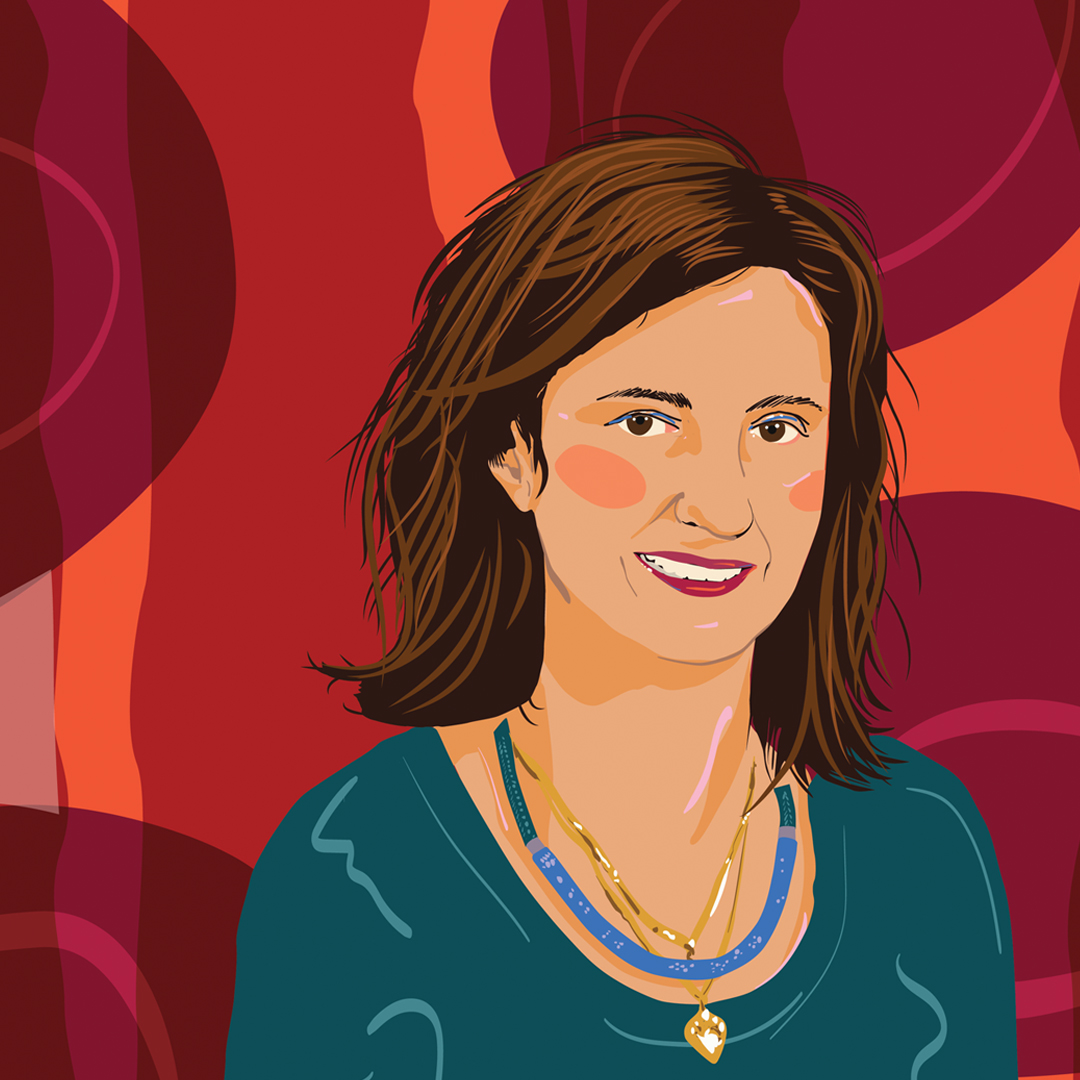
My artwork is evidence of my existence, environment, experience and culture.
Con Kalamaras, Musician
Heritage: Greek Australian
Con grew up in Coburg Melbourne and is first-generation Greek Australian. He started playing guitar when he was 9 years old and practiced every day after school. Con’s dad and twin brother also played the guitar.
Con loves food and all different types of cuisines, which he has experienced while travelling the world. Con has visited Greece lots of time, as well as Germany, France, Spain, the United Kingdom and Africa. Although his top three favourite cuisines are Greek, Indian and Italian.
Con performs Rebetiko music which is traditional Greek music. The music has a strong connection to the complex history of Greece and performing it connects him to his culture and ancestors. The repertoire requires Con to have a lot of discipline and dedication.
Con is passionate about people and being a good person. He loves to sing and perform music to keep his heritage alive. Con loves teaching and sharing with people from different cultures, especially his own.
Con thinks music is the international language of the world, removing cultural barriers and bringing people together today. Even if people don’t understand the language, they can feel the emotions of the song. When Con performs, he likes to explain the music in English to bring people into the conversation and give the songs meaning.
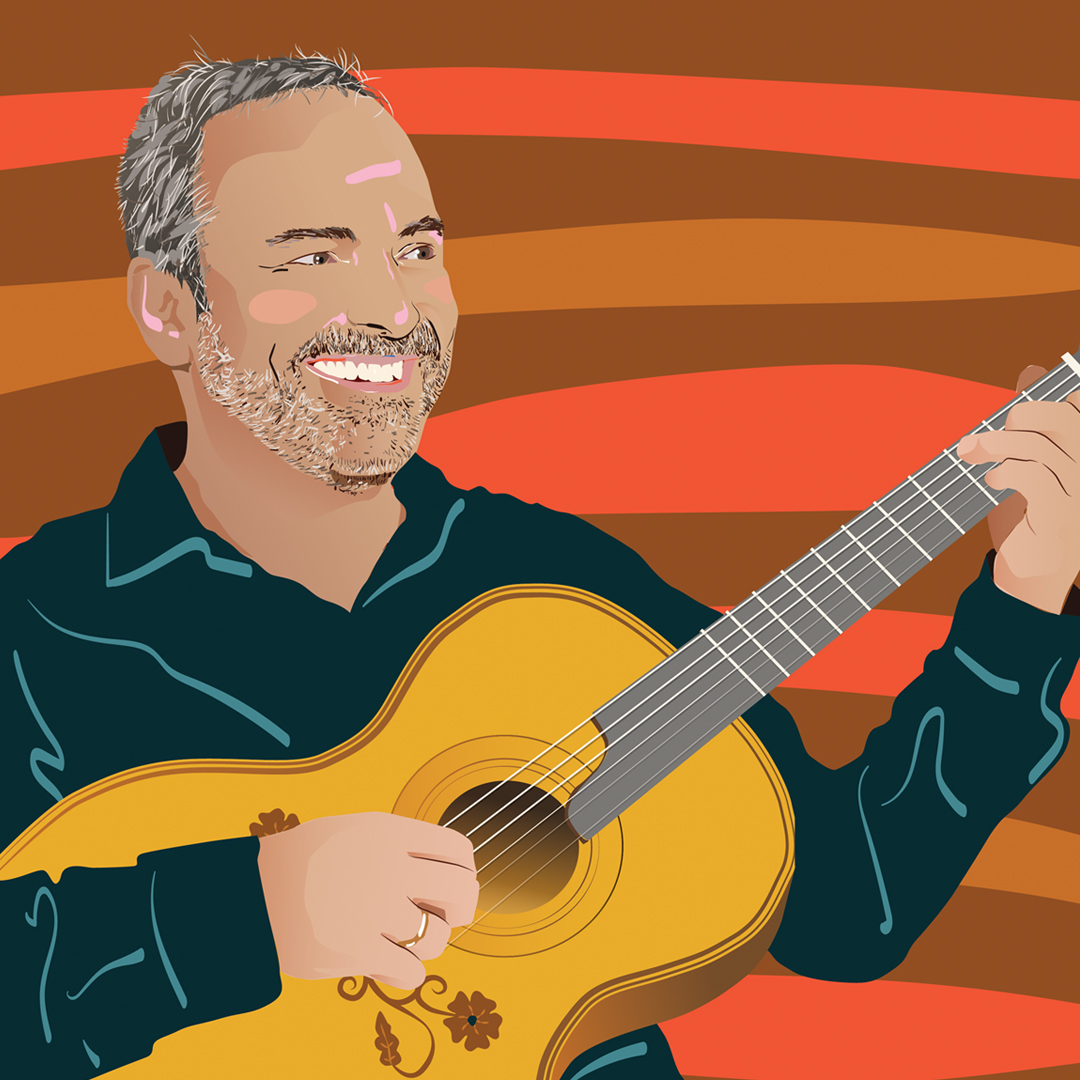
Art is literally the international language, regardless of background it has no political or ethnic boundaries.
Gelareh Pour, Musician
Heritage: Iranian Australian
Gelareh grew up with her family in Tehran, Iran. She used to do her homework very quickly after school so she could play the Nintendo with her brother or dress ups with her sister, pretending to be musicians at a concert. Gelareh also started a community shop with her friends in the neighbourhood, selling handmade crafts to their parents when they were returning home from work.
Gelareh believes Iranians are very proud of their culture, with a strong love and connection, especially to the food, language, sports and arts. Even if the people do not agree on certain issues, there is always a very deep connection to the culture.
Gelareh began her music career in Iran, playing traditional Iranian instruments and singing in Farsi. Although her connection to her culture shows in her music, she doesn’t believe it defines her as a musician.
Sometimes it is hard for other people to see Gelareh as more than an “Iranian artist”, rather the music she makes is a reflection of her experiences, including living and working in Australia. Gelareh thinks the arts brings different cultures together. Showcasing unique cultural differences and demonstrating how traditional cultural practices can be used made for contemporary audiences.
Gelareh now lives and performs across Australia, including at the Hawthorn Arts Centre. She is passionate about gardening, Diasporic art, cats, cooking and interior design. Gelareh loves all kind of food, except cheese.
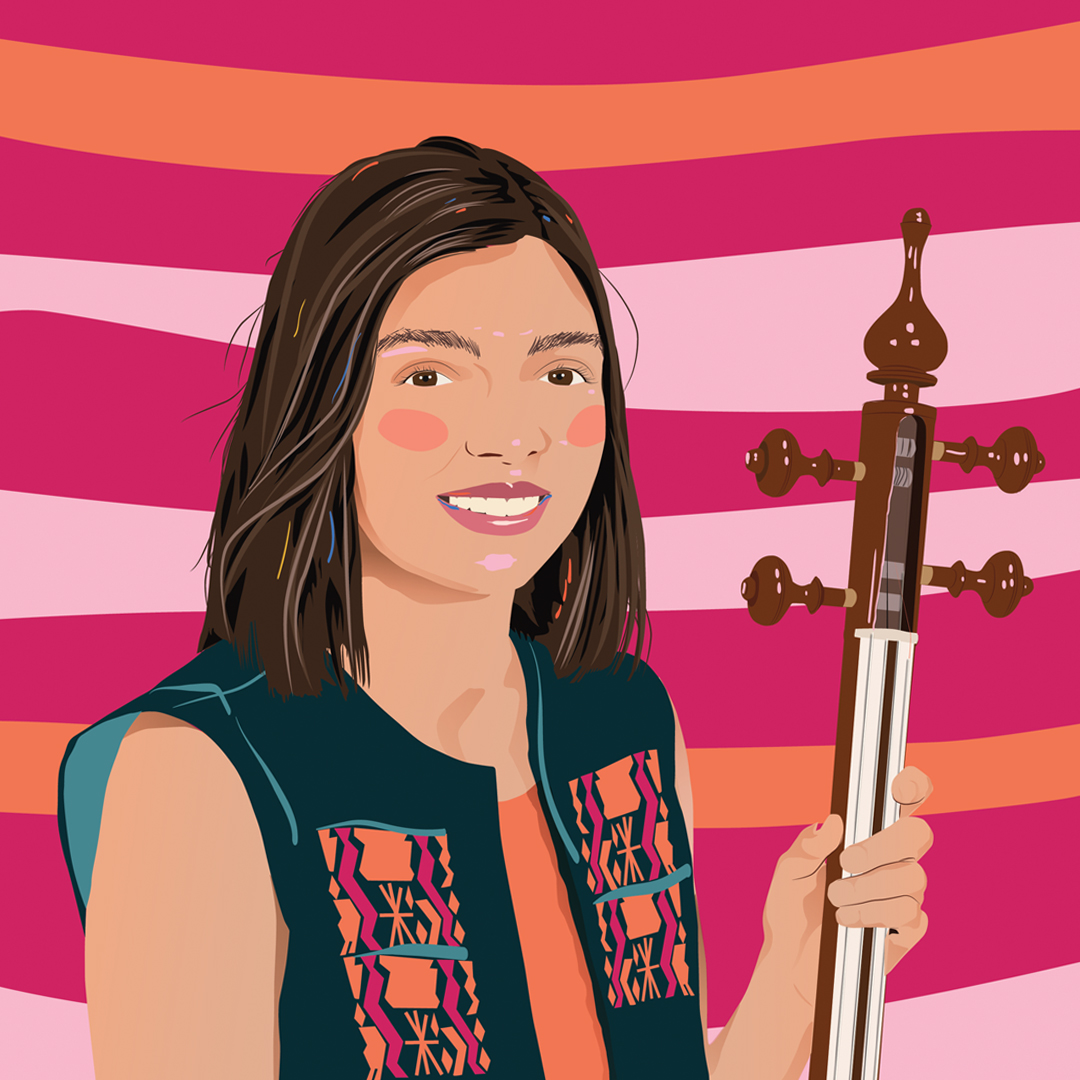
The beauty I find in inter-cultural art is that it brings different cultures together, it celebrates similarities at the same time as the unique traits of each culture.
Glenn Loughrey, Visual Artist
Heritage: Wiradjuri
Glenn is a Wiradjuri man who grew up near Ulan, New South Wales. When he left school, Glenn worked with the Government and later joined the Salvation Army.
As a child, Glenn and his family did not connect with their Aboriginal heritage, even though their grandmother was well known in the community. As he grew up, his culture slowly revealed itself through discussions with his father and other Aboriginal people who’d been on a similar journey.
Glenn is now a painter who expresses his culture through Australian contemporary art. He uses his art to tell his story, particularly his experiences of growing up in Australia.
Glenn believes art is more than a decoration and that when created from the heart, it can speak to the heart of others. He hopes his art will encourage people like him to investigate their own heritage and tell their story, as well as challenge others’ ideas of what it means to be an Aboriginal and what is Aboriginal art.
Glenn is also a priest at St Oswald’s Anglican Church, Glen Iris and believes diversity is colour in a beige world. When people from different backgrounds and walks of life come together, it can open the doors to so many things - including friendship and respect.
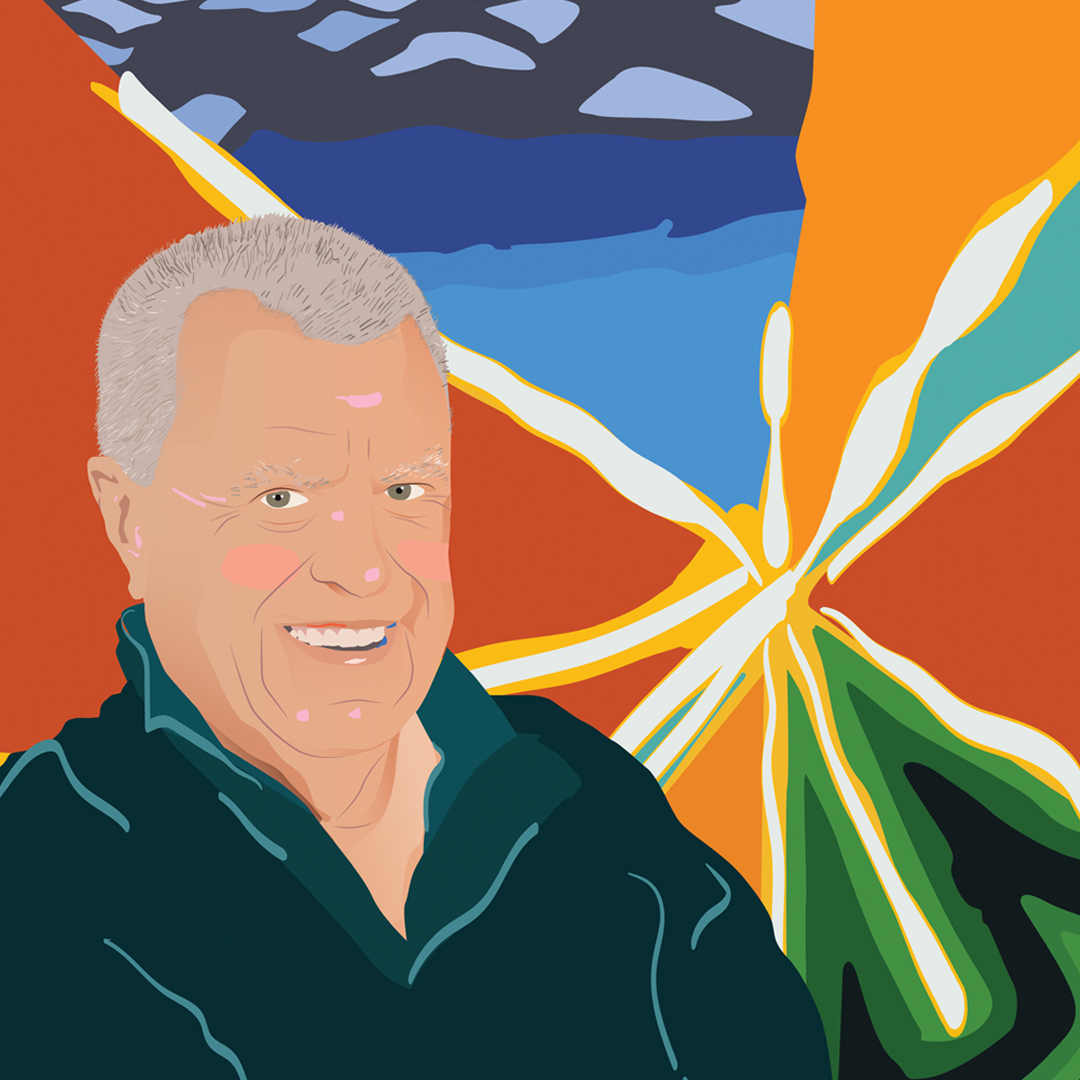
My culture embedded in my story informs what I paint, how I paint and why I paint.
John Young AM, Visual Artist
Heritage: Chinese and Dutch French Heritage
John grew up in Hong Kong and later in his family home in Sydney with Master Landscape paintings, vases and furniture mainly from the Ming and Qing Dynasties.
His mother was a Chinese Opera singer and his granduncle was a celebrated poet named “The Thirteenth Literati of the Southern Seas.” As a child, John learnt Chinese calligraphy and painting after school, even painting at night with a talented painter from St Petersburg, Russia.
John believes art is a necessity to our society and without it, the world would be uncivilised. The arts enriches our lives, connecting people through difference and inviting many points of view.
John believes that diversity means making a friendly and welcoming place for everyone, where differences can be celebrated. It is important that we co-exist as one community, thinking about human rights and the different values we all hold. The celebration of diversity is highlighted through many of his works that are on exhibition around the world, including at the Town Hall Gallery, Hawthorn.
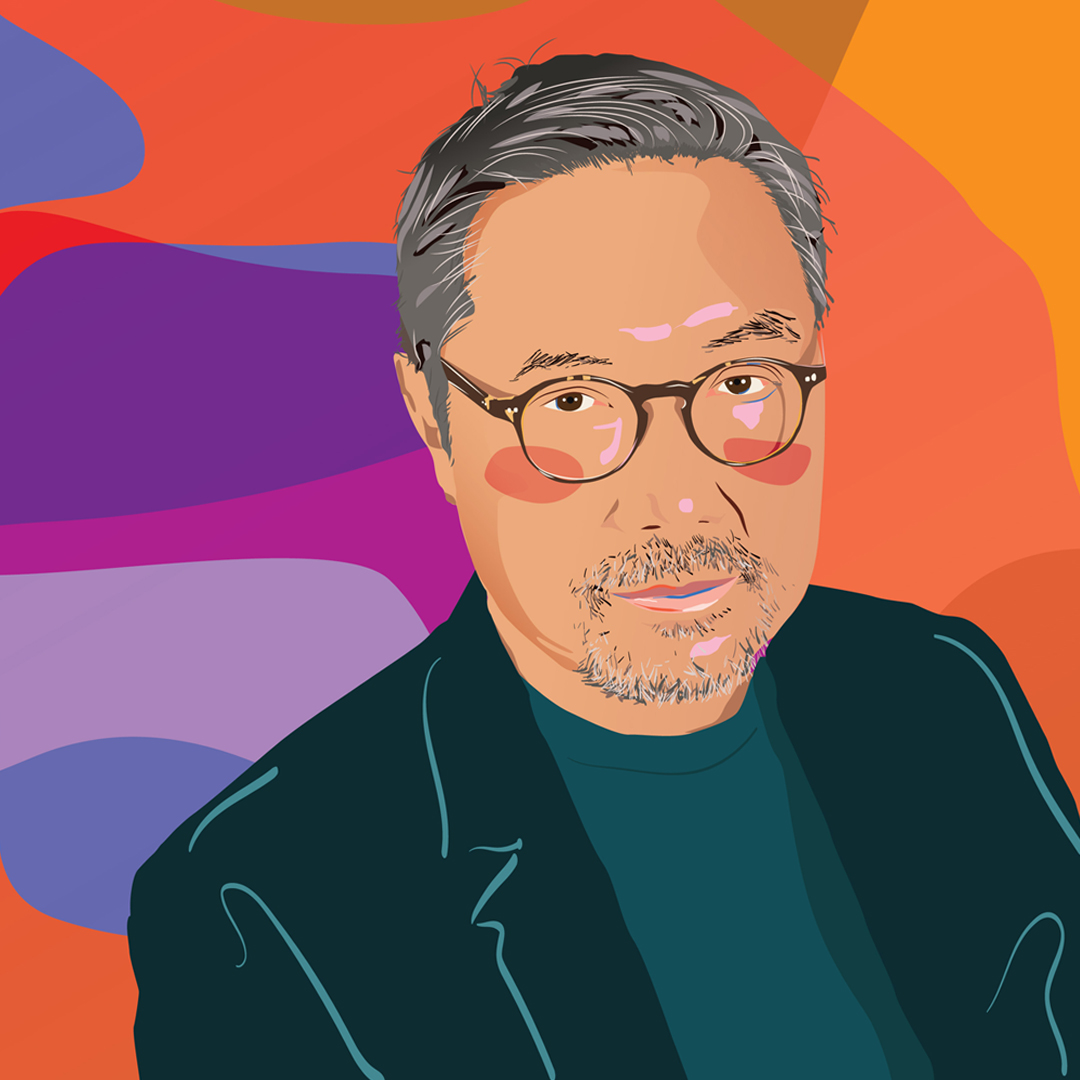
Art facilitates and enriches people to see their own and invite other people’s points of view.
Saurabh Mishra, Musician
Heritage: India Australia
Saurabh grew up in India, Japan and Australia and really enjoyed going to school and learning as a child. Saurabh also learnt Hindustani classical music with his father.
Hindustani classical music is a spiritual and meditative artform, which can be practised by yourself or in front of an audience. The music is improvised and is informed by spiritual experiences, ideas and great storytellers.
Saurabh is inspired by both his Indian and Australian backgrounds. He’s strong connection to the Hinduism faith allows for spiritual self-discovery, while his Australian background has given him self-confidence, democracy and a sense of humour.
Saurabh believes that art is a story which connects us all. It tells the story of love, loss, grief, joy, adventure and self-discovery. The most exciting thing about this, is he thinks that we all have it in us, we just need to discover it.
Saurabh is a vocalist who co-founded the Melbourne Hindustani Classical music group, who perform around Melbourne, including at the Hawthorn Arts Centre. The group receives support from the City of Boroondara and Victorian State Government to enable them to share their culture with a wider audience.
When Saurabh is not playing music, he loves to hang with his friends and family, playing golf, cricket and eat some delicious Gulab Jamun.
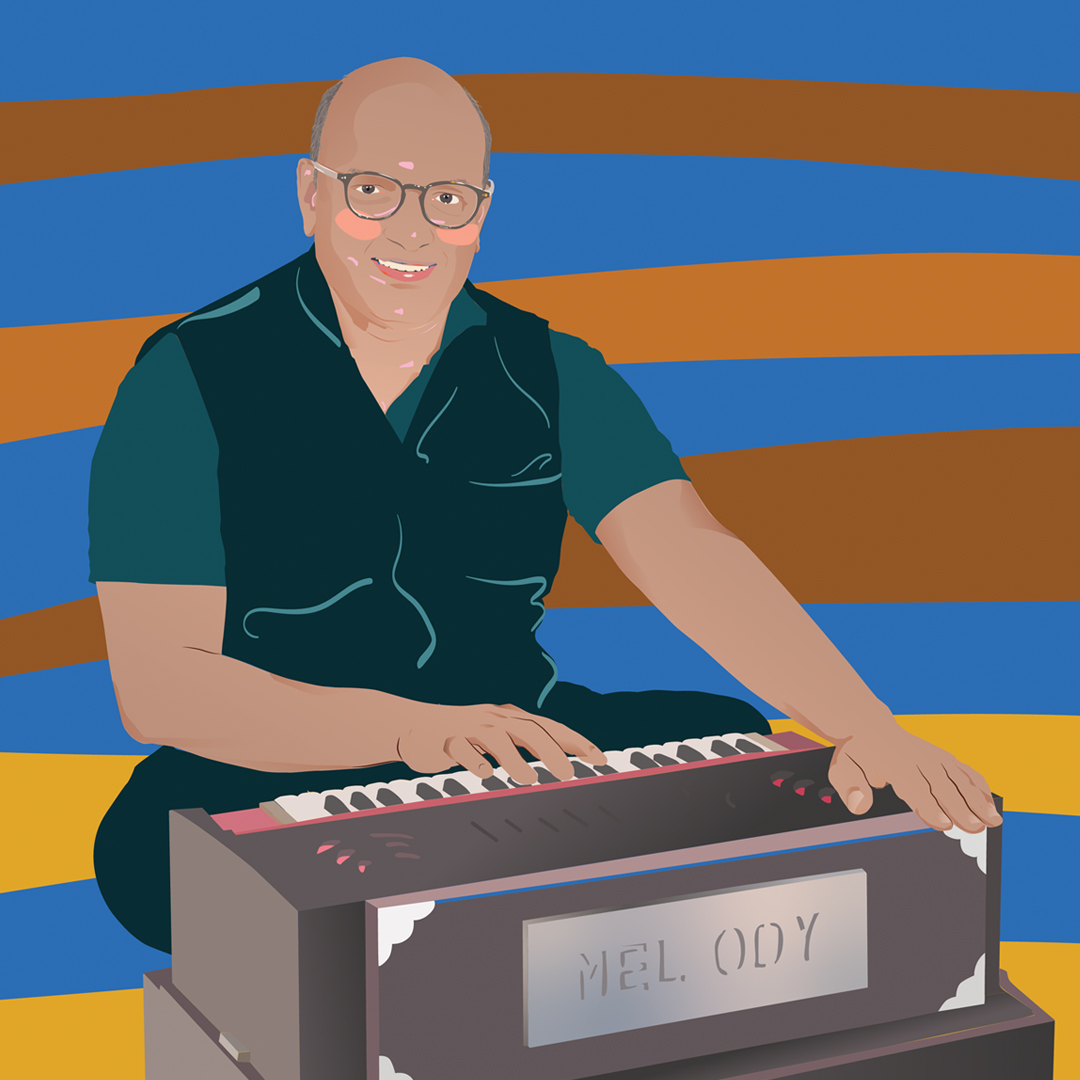
To be able to live in a diverse society is truly a gift as it enables us to feel joy and connection in so many different ways.
Glossary of terminology
Abruzzo
Also Abruzzi. Region of Central Italy.
Ancestors
A relative who lived a long time ago.
Artform
A common term to describe an established form of artistic work, such as the novel, painting or song.
Chopin (pronounced sho·pan)
Fryderyk Franciszek Chopin (1810 - 1849) was a Polish pianist and composer of the Romantic Period.
Compassion
There is a strong desire to understand and help others and sympathy for their suffering or sadness.
Contemporary art
Contemporary art is today’s art, produced in the last three decades of the 20th century or the 21st century.
Culture
The shared beliefs, values, customs, and social forms of a particular group of people in a specific time.
Diasporic
Adjective of Diaspora. The dispersion of the Jewish people beyond Israel.
Dialect
A variation of a language spoken by a particular group of people in a specific part of a country.
Diversity
Many different people, or many different types of things being together or included in something.
Dynasties
Plural noun of Dynasty. A series of rulers from the same family line.
Empathy
The action of understanding and being sensitive to feelings and experiences.
Farsi
The modern Persian and Iranian language, written in Arabic script.
First-generation
The first group of people (such as a family) to go live in another country.
Gulab Jamun
An Indian dessert consists of fried dough balls soaked in sweet and aromatic syrup.
Heritage
The history, tradition, and practices of a culture or country.
Hindustani
A group of languages and dialects consisting of all spoken forms of Hindi and Urdu.
Mazurkas (pronounced məˈzərkə, məˈzo͝orkə)
A lively Polish dance in triple time.
Rebetiko
Rebetiko or Rebetika describes urban Greek folk music.
Tehran
The capital city of Iran.
Visual artist
Describes the variety of art forms that an artist can create, including drawing, painting, sculpture, photography, and video.
Wiradjuri
Meaning ‘People of three rivers’, Wiradjuri describes the geography and the language of the most significant Aboriginal group in modern NSW by both area and population. Wiradjuri country extends from the Great Dividing Range and is bordered by the Macquarie, Lachlan, and Murrumbidgee rivers.
Activity: Critical thinking
The artists in the ‘My Arts My Culture’ stories offer insight into how their culture and heritage informs their art form and how they share it with the community. This highlights that each culture places significant importance on art in their community.
Can you research and share your cultural heritage and the different arts associated with your culture?
Questions
- Explain what your cultural heritage is. It may be made of different heritages. For example, John Young AM has Chinese and Dutch French heritage.
- Do you and your family do anything special to celebrate your culture? For example, do you attend unique festivals or organise special dinners? If yes, what do you do?
- Let’s talk about some popular art forms which your culture is famous for. Choose one of your cultural heritages and answer the questions below.
Music
- What music is popular in your culture? (It could be a famous composer or frequently used instrument).
- Where could you experience a performance of the music in Australia?
Visual Art
- Who is a famous visual artist or what is a famous artform from your culture?
- Where can you see the type of artwork in Australia?
More information
For more information about the My Arts My Culture program and other educational resources and activities available, please email [email protected] or phone (03) 9278 4770.
Child pages